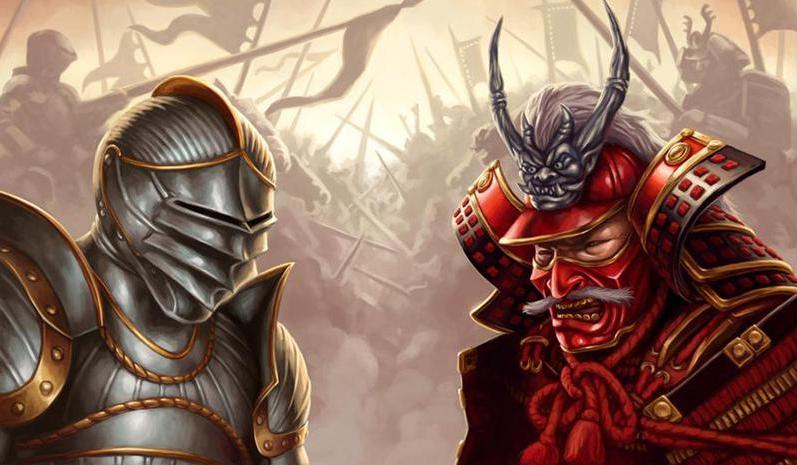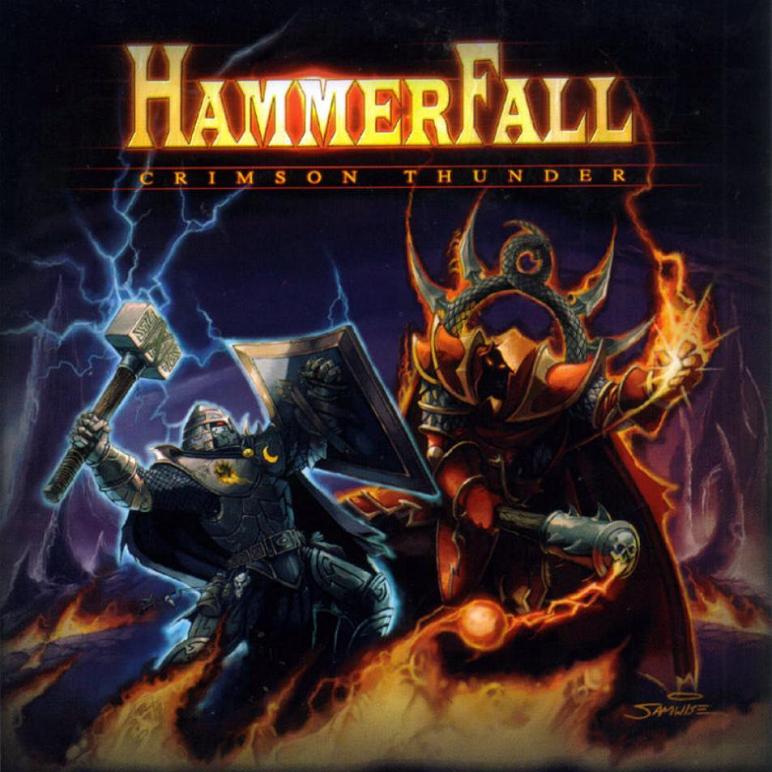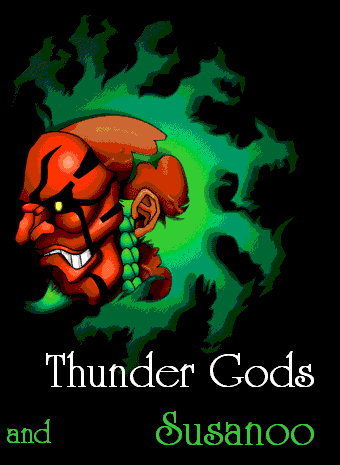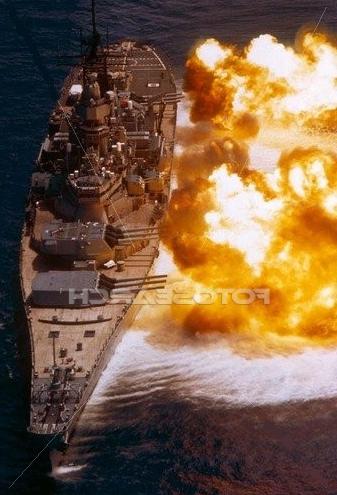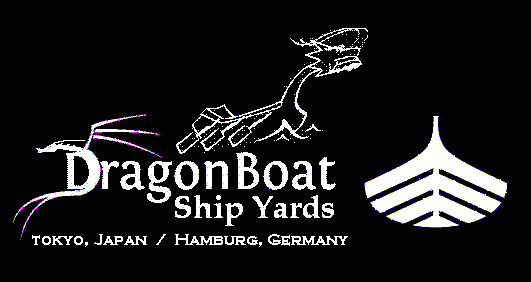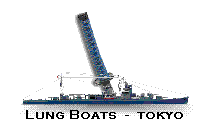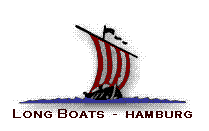When you think of Vikings and their famous voyages (and infamous sea raids) there are two names that almost everyone is familiar with.... 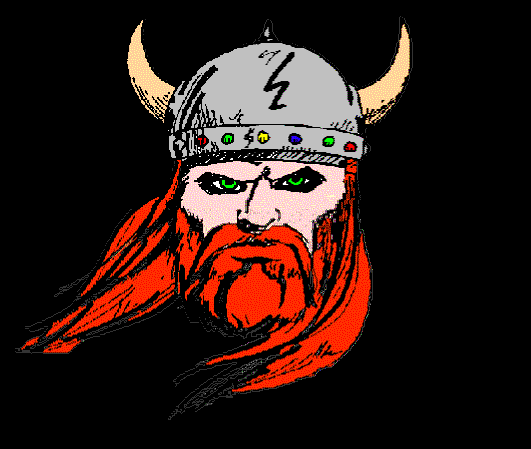
Erik the Red (950–c. 1003) founded the first Nordic settlement in Greenland. Born in the Jæren district of Rogaland, Norway as the son of Þorvaldr Ásvaldsson (Thorvald Asvaldsson), he therefore also appears, patronymically, as Erik Thorvaldsson (or as Eiríkr Þorvaldsson). The appellation "the Red" most likely refers to his hair color.
What may not be so well known is that not all of Erik's voyaging was entirely voluntary. His parents were exiled from Norway to Iceland, and then Erik himself was later exiled from Iceland to what would become known as Greenland.
Erik the Red's parents had to flee Norway because of "some killings" as The Saga of Eric the Red recounts. The family settled in western Iceland. The Icelanders later sentenced Erik to a three-year exile for several murders around the year 982. According to The Saga of Eirik the Red, his neighbour Thorgest borrowed a shovel and when it did not come back to Erik, he sought an explanation. When Thorgest refused to return it, Erik stole the shovel back. In the ensuing chase, he killed Thorgest. A second crime laid at Erik's door occurred when he insisted upon revenge for the deaths of his slaves who had "accidentally started a landslide" on Valthjof's farm. Valthjof murderously punished the slaves for this misfortune. Erik did not take kindly to this and so slew Valthjof. The Icelanders eventually convicted Erik of these murders and banished him from Iceland. This event led him and a group of followers to travel to the new lands nearly 500 miles west of Iceland.
Even though popular history credits Erik as the first person to find Greenland, earlier Norsemen had discovered and tried to settle it before him.
Tradition credits Gunnbjörn Ulfsson (also known as Gunnbjörn Ulf-Krakuson) with the first sighting of the land-mass. Nearly a century earlier, strong winds had driven Gunnbjörn towards a land he called "Gunnbjarnarsker" ("Gunnbjörn's skerries"). But the accidental nature of Gunnbjörn's discovery has led to his neglect in the history of Greenland. After Gunnbjörn, Snaebjörn Galti had also visited Greenland. According to records from the time, Galti headed the first Norse attempt to colonize Greenland, an attempt that ended in disaster. Erik the Red was the first permanent European settler. In this context, about 982, Erik sailed to a somewhat mysterious and little-known land. He rounded the southern tip of the island (later known as Cape Farewell) and sailed up the western coast. He eventually reached a part of the coast that, for the most part, seemed ice-free and consequently had conditions—similar to those of Iceland—that promised growth and future prosperity. According to the Saga of Erik the Red, he spent his three years of exile exploring this land. He named this land "Greenland" because he wanted to attract other people to it. The first winter he spent on the island of Eiriksey, the second winter he passed in Eiriksholmar (close to Hvarfsgnipa). In the final summer he explored as far north as Snaefell and in to Hrafnsfjord.
When Erik returned to Iceland after his term of banishment had expired, he brought with him stories of "Greenland".
After spending the winter in Iceland, Erik returned to Greenland in 985 with a large number of colonists and established two colonies on its southwest coast: the Eastern Settlement or Eystribyggð, in modern-day Qaqortoq, and the Western Settlement or Vestribyggð, close to present-day Nuuk. (Eventually, a Middle Settlement grew up, but many people suggest this settlement formed part of the Western Settlement.) The Eastern and Western Settlements, both established on the southwest coast, proved the only two areas suitable for farming.
In Eystribyggð, Erik built the estate Brattahlíð, near present-day Narsarsuaq, for himself. He held the title of paramount chieftain of Greenland and became both greatly respected and wealthy. The settlement venture involved twenty-five ships, fourteen of which made the journey successfully; of the other eleven, some turned back, while others disappeared at sea.
The settlement flourished, growing to 5000 inhabitants spread over a considerable area along Eriksfjord and neighboring fjords. Groups of immigrants escaping overcrowding in Iceland joined the original party. However, one group of immigrants which arrived in 1002 brought with it an epidemic that ravaged the colony, killing many of its leading citizens, including Erik himself. Nevertheless, the colony rebounded and survived until the Little Ice Age made the land marginal for European life-styles in the 15th century (shortly before Christopher Columbus's voyage to the Canary Islands in 1492). Pirate raids, conflict with Inuit moving into the Norse territories, and the colony's abandonment by Norway became other factors in its decline.
History also records that Erik and his wife Þjóðhildr (Thjodhildr) had four children: a daughter, Freydís, and three sons, the explorer Leif Eiríksson,
Þorvald (Thorvald) and Þorsteinn (Thorstein). Erik himself remained a follower of Norse paganism, unlike his son Leif and Leif's wife, who built the first Christian church in the Americas on their farm. (Despite speculation, it seems unlikely that Leif pioneered the introduction of Christianity to Greenland.)
While not the first to sight the North American continent, Leif Erikson became the first Viking to explore the land of Vinland (part of North America in modern-day Newfoundland). Leif invited his father on the voyage, but according to legend Erik fell off his horse on his way to the ship and took this as a bad sign, leaving his son to continue without his company. Erik died the winter after his son's departure. Leif was unaware of his father's death until he got back to Greenland.
Leif Ericson (c. 970 – c. 1020) was a Norse explorer who was probably the first European to land in North America (excluding Greenland). According to the Sagas of Icelanders, he established a Norse settlement at Vinland, which has been tentatively identified with the L'Anse aux Meadows Norse site on the northern tip of the island of Newfoundland in Newfoundland and Labrador, Canada.
It is believed that Leif was born about AD 970 in Iceland, the son of Erik the Red, a Norse explorer and outlaw and himself the son of an outlaw, Þorvaldr Ásvaldsson. Leif's mother was Thjodhild (Þjóðhildr). Erik the Red had founded two Norse colonies in Greenland, the Western Settlement and the Eastern Settlement, as he named them.
During a stay in Norway, Leif Ericson converted to Christianity, like many Norse of that time, at the behest of the King of Norway, Olaf I. When he returned to Greenland, he bought Bjarni Herjólfsson's boat and set out to explore the land that Bjarni had seen (located west of Greenland), which likely was Newfoundland, Canada.
The Saga of the Greenlanders tells that Leif set out in the year 1003 or 1002 to follow Bjarni's route with 35 crew members, but going north. The first land he went to was covered with flat rocks (Old Norse hella). He therefore called it Helluland ("Land of the Flat Stones"). This was possibly Baffin Island. Next he came to a land that was flat and wooded, with white sandy beaches. He called this Markland ("Wood-land"), which is possibly Labrador.
Leif and his crew left Markland and again found land, which they named Vinland. They landed and built a small settlement. They found the area pleasant as there were plenty of salmon in the river and the climate was mild, with little frost in the winter and green grass year-round. They remained in the region over the winter.
The sagas mention that one of Leif's men, Tyrkir, possibly a Hungary man (because at that time the Hungarians were referred to as Turks) or a German, found wild grapes.
Research done in the 1950s and 1960s by explorer Helge Ingstad and his wife, archaeologist Anne Stine Ingstad, identified a Norse settlement located at the northern tip of Newfoundland, known as L'Anse aux Meadows, which many have connected to Leif's settlement.
Erik the Red was the grandson of Hrolf Nefja, the Jarl (King) of Norway, c. 826. One of Erik's uncles, Cu, named his descendants the Cu-sons, therefore the 'Cushings'. From Norway, the Cushings migrated to Normandy, then to England, Ireland and Scotland. This migration pattern was not entirely by accident. Various cadet branches and cousins of the family have had a presence in the isles since the time of the earliest Viking settlements.
Dublin (Irish: Baile Átha Cliath, meaning Town of the Hurdled Ford) is both the largest city and capital of Ireland. It is located near the midpoint of Ireland's east coast, at the mouth of the River Liffey and at the centre of the Dublin Region. Founded as a Viking settlement, the city has been Ireland's primary city for most of the island's history since medieval times. Today, it is an economic, administrative and cultural centre for the island of Ireland and has one of the fastest growing populations of any European capital city. 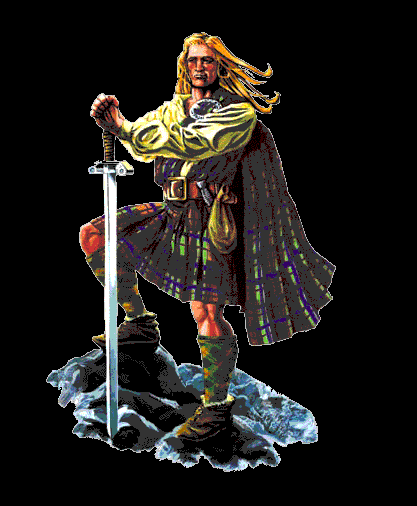
The name Dublin is a Hiberno-English derivative of 'Dubh Linn' (Irish, dubh -> black, and linn -> pool). Historically, in the traditional Gaelic script used for the Irish language, 'bh' was written with a dot over the 'b'. Those without a knowledge of Irish omitted the dot and spelled the name variously as 'Develyn' or 'Dublin'.
The Viking settlement was on the River Poddle, a tributary of the Liffey, to the East of Christchurch, in the area known as Wood Quay. The Dubh Linn ('black pool') was a lake used by the Vikings to moor their ships and was connected to the Liffey by the Poddle. The Dubh Linn and Poddle were covered during the early 1700s, and as the city expanded they were largely forgotten about. The Dubh Linn was situated where the Castle Garden is now located, opposite the Chester Beatty Library in Dublin Castle.
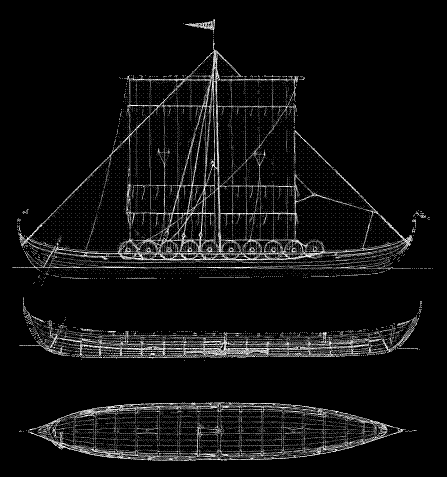
Our story concerns one particular descendant of the Ericson/Cushing lineage, who happened to be a exemplary shipbuilder, of singular skill even for a Viking. He also has a full measure of the Ericson family hot temper regarding injustices (real or perceived). However, since his shipbuilding skills were so valuable he was not exiled, but rather re-located across the Irish Sea, where he established his shipyards near the location of present-day Ayr, Scotland. Where, over the next several centuries, he and his descendants practiced and perfected their craft. Thus, the humble beginnings of what would eventually become known as Dragon Boat Shipyards came to be. And the family settled down to build ships with a passion.
This state of affairs lasted until around the summer of 1632, when a particularly obnoxious Scottish lordling decided, after taking delivery of a ship, that he was going to welsh on the remainder of the agreed upon price. Not surprisingly, the then-current 'Master Red' shipbuilder 'got his Irish up' so to speak, and after an old-style Viking raid which left the disputed ship (and the lordlings sea-side holdings) in flames, he was no longer welcome in the vicinity of Scotland. So, once again, the family was forced to re-locate to healthier climes. This time to join another branch of the family tree in the Lower Saxon Circle of the region that would later come to be known as Germany, near the site of modern-day Hamburg. There he re-established his shipyard, where the family continued to hone their already exemplary shipbuilding skills. 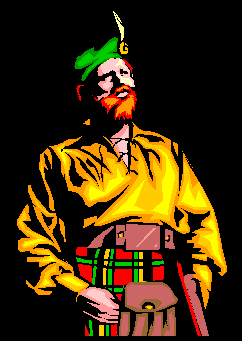
Here a curious thing happened to the family name. As would be expected from a family tree descended from the lineage of Eric the Red, the family had a strong genetic tendency towards red hair. Which the various migrations served only to entrench further. The Vikings, the Irish, the Scots, the Germans -- all strong red-head nations. Going back as far as anyone can recall, the nickname of the head of the family shipyard had always been 'Master Red'. When the family left Scotland and re-located to Germany, they fell victim to the quaint German habit of referring to foreigners as 'English'. (Still seen today in the Amish habit of referring to outsiders as 'english'). The family became known locally as the 'Ings'. And the head of the family shipyard came to be called Herr 'Ings the Red" or 'Red Herr Ings'.
Dragon Boat Shipyard became one of the premier shipyards of the region. Specializing in warships and armed merchantmen, the shipyards provided ships throughout the North Sea and particularly to the various incarnations of the German Navy (Kaiserliche Marine, Reichsmarine, Kriegsmarine).
Following the first World War, due in large part to their past history (as a 'British' shipbuilder) as well as their current mastery of German design, Dragon Boat Shipyard was offered a commission by the Japanese to open a second shipyard in Japan to build ships for the growing Imperial Japanese Navy. A suitable site near Tokyo was selected, and a second shipyard was constructed. Under the terms of the commission, this shipyard was to be owned and operated by Dragon Boat Shipyards to fill ship orders from the Imperial Navy.
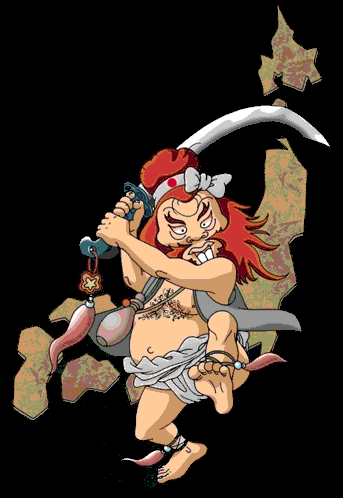
It should be noted here that the family had several customs and practices, dating back into antiquity, which has long served them to good stead. For one, they fostered, exchanging offspring between related family septs regularly, so that each child got to spend at least a year of their young lives with each of the various sets of cousins and relatives. This was done even (or especially) when one of the households were forced into exile, they made sure that strong family ties and associations were maintained with the 'respectable' branches of the family remaining behind. This practice also allowed young shipbuilder apprentices to learn practices, techniques, and styles of other shipbuilders, and so broaden their education in their craft.
Directly related to this practice was the long-standing custom of continuing to send out apprentice family shipwrights to other shipyards to learn what they could of the ways and means of other yards while there. This made for a close-knit network of friends and associates in the craft and secondary trades and industry. In fact, a certain number of the young shipwrights were sent to work in the armaments factories, to better understand the requirements and quirks of the weapons that would go onto the ships they would eventually build. And how to protect against them as well.
Another family practice was to pull higher level shipyard management from family pools in regions other then the local branch. To help reduce favorism and despot nepotism as well as to help build confidence in giving orders to relative'strangers'. So in any of the family yards there would be a mix of Nordic, Scotch-Irish, and Germanic cousins, not all bearing the same surname, nor even all resembling each other (tho a great many do). Keeping track of the family tree with it's interweaving and Celtic knot-work is difficult enough for the family patriarchs and practically impossible for those outside the clan itself.
The upshot being, that clan MacDonald was one (of several) of the Scottish Clans that the family had ties to by marriage. So it came to pass that when the family was selecting who would be going to Japan to help create and establish the newly contracted shipyard, one of those chosen for consideration was a young firebrand, who was showing good promise in the Destroyer Division, by the name of Ronald.
Yes, unfortunately his name really was Ronald MacDonald. Yes, he was from Hamburg. And Yes, he was a redhead. But No, he didn't wear yellow coveralls, and no, he didn't wear shaq shoes either. He was however a whiz at franchise establishment and soon had the new shipyard constructed in good order. (He also had a hand in the Japanese subterfuge with the 'counterfeit' destroyer plans that so confounded Allied Intelligence efforts.)
In keeping with the family custom of calling the yard master by a passed-down nickname, more akin to a title, one was soon bestowed upon him by the local Japanese laborers.
Being that he had red hair, his name was Ronald(-san), and that he was a foreigner providing a service to the Emperor while not actually in the Emperor’s service -- it was logical that the nickname 'Red Ronin' fell to him. And so Red Ronin became the master of the Tokyo Dragon Boat shipyard, counterpart to Red Herr Ings of the Hamburg yard.
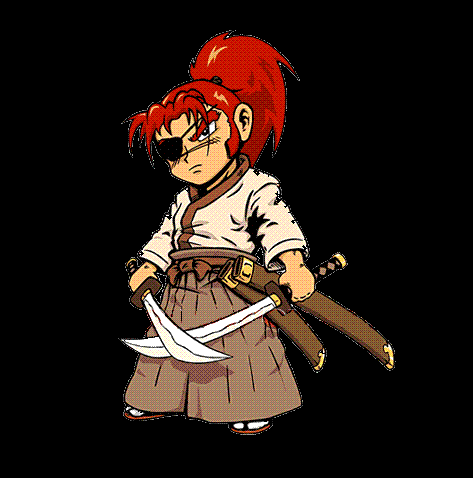
=================================================================================
NB: The above fictional history spoof has been assembled / excerpted / edited / etc ... from the following online sources :
Erik the Red - wikipedia article #1
Leif Ericson - wikipedia article #2
Dublin - wikipedia article #3
Lower Saxon Circle - wikipedia article #4

